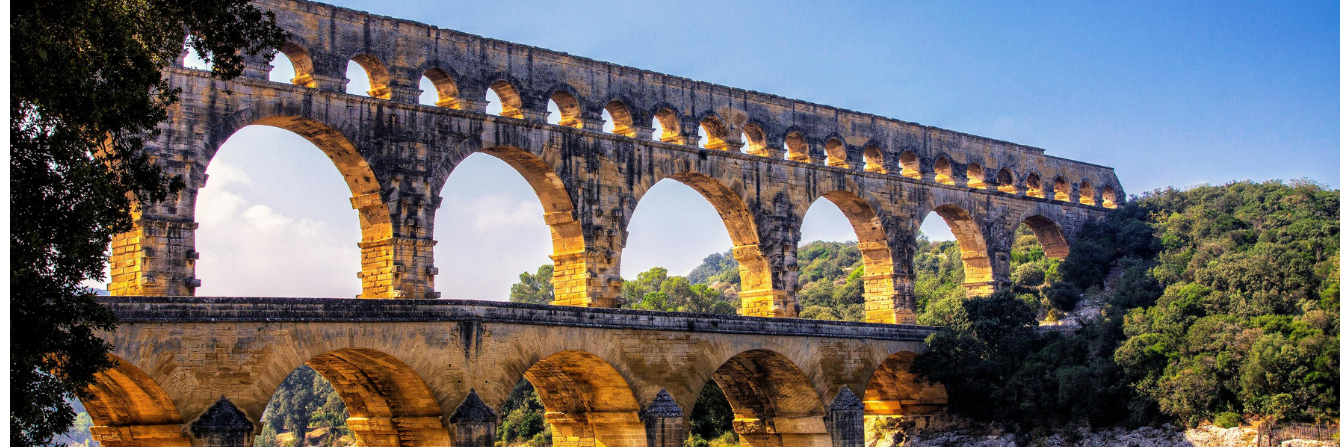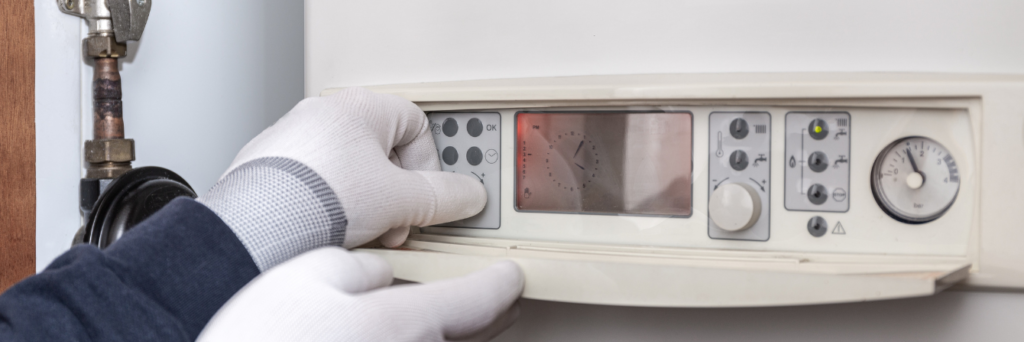Plumbing might not be the most glamorous of topics, but without it, modern life would be… well, pretty messy. From the taps in your kitchen to the pipes beneath the street, plumbing has shaped civilisation in ways you might never have considered. At Leeva Plumbing & Heating, we know the ins and outs of boilers, bathrooms, and blocked drains, but we also love the quirky history and obscure facts that make plumbing a fascinating subject.
Here are some surprising nuggets you (probably) didn’t know about the world of pipes and waterworks:
1. The Romans Were the Original Plumbing Pioneers
The word plumbing comes from the Latin word plumbum, meaning lead. The Romans used lead pipes extensively throughout their cities to transport water to homes, bathhouses, and even public fountains. In fact, Roman aqueducts could carry millions of gallons of water a day – an astonishing feat of engineering, considering it was all done without modern machinery.
2. The First Flushing Toilet Was Fit for a Queen
Sir John Harington, a godson of Queen Elizabeth I, invented the first flushing toilet in 1596. He installed one for himself and one for the Queen, although it didn’t catch on with the general public until centuries later. And yes, Harington’s name is where we get the slang “going to the John.”
3. Toilets Save More Lives Than Doctors
It might sound bold, but the World Health Organization has said that modern sanitation systems such as flushing toilets, sewers, and clean water, have saved more lives than antibiotics or medical advances. Without them, waterborne diseases like cholera and dysentery would still be rampant.
4. The World’s Most Expensive Toilet Cost £15 Million
The International Space Station is home to what’s probably the priciest loo in history. NASA developed a toilet capable of working in zero gravity, costing an eye-watering $23 million (around £15 million). The high-tech system doesn’t just flush, it recycles wastewater into drinkable water for astronauts.
5. Leaks Add Up Faster Than You Think
A dripping tap might not seem like a big deal, but did you know a leak that drips once per second can waste over 11,000 litres of water in a year? That’s enough to fill more than 150 baths. Fixing leaks promptly isn’t just good for your water bill, it’s good for the planet, too.
6. The World’s Oldest Known Sewer Is 4,000 Years Old
In the ancient city of Mohenjo-Daro (now in Pakistan), archaeologists discovered an elaborate drainage and sewer system dating back to around 2,600 BC. Remarkably, it included brick-lined drains and soak-pits that wouldn’t look too out of place today.
7. Gold-Plated Faucets and Diamond-Encrusted Baths Exist
If you thought your bathroom was fancy, think again. Some luxury hotels and private homes around the world boast fittings worth more than most houses. From solid gold toilets to diamond-studded taps, there’s no limit to how extravagant plumbing can get when money’s no object.
8. The Victorians Loved Their Bath Time
While communal bathing has been popular in different cultures, the Victorians were the ones who really brought baths into British homes. Once considered a luxury for the wealthy, by the late 19th century the middle classes were proudly showing off their claw-footed bathtubs as a mark of social status.
9. There’s a Toilet-Themed Restaurant in Taiwan
Yes, really. The “Modern Toilet” restaurant serves meals in miniature toilet bowls, drinks in urinals, and desserts that look suspiciously like… well, you get the picture. It’s one way to remind yourself how central plumbing is to daily life!
10. Albert Einstein Once Wanted to Be a Plumber
In 1954, Einstein famously said, “If I had my life to live over again, I would be a plumber.” The remark was so well received that the Plumbers and Steamfitters Union of Washington D.C. made him an honorary member.
11. The First Showers Were Buckets
The earliest “showers” weren’t plumbing fixtures at all, they were servants pouring jugs or buckets of water over bathers. The first mechanical shower was invented in 1767 in London, using a pump to recycle the same water over and over. Thankfully, modern showers use fresh water!
12. Hot Water Once Needed a Fire in the Kitchen
Before boilers and immersion heaters, the only way to get hot water was to heat it over the stove or in a copper boiler. Bath night meant filling a tin tub in front of the fire, often with the whole family sharing the same bath water (oldest first, youngest last).
13. Some Pipes Have Lasted Centuries
In some parts of Europe, there are still sections of wooden water pipes in use today. Hollowed-out tree trunks, tar-lined and sealed, were used as plumbing in the 16th and 17th centuries, and a few of them are still carrying water.
14. Thomas Crapper Didn’t Invent the Toilet
Contrary to popular myth, Victorian plumber Thomas Crapper didn’t invent the flushing toilet, though he did hold several patents for improvements. His name, however, became so closely linked to the loo that American soldiers in WWI popularised “going to the crapper.”
15. The World’s Longest Pipe System is Under the Sea
The Nord Stream pipelines, which carry natural gas from Russia to Europe, stretch over 1,200 km beneath the Baltic Sea. While not for water, it’s the longest continuous undersea pipe network in the world. A feat of plumbing on a colossal scale!
Plumbing: Everyday, Essential, and Fascinating
From ancient sewers to space-age toilets, plumbing has a history full of surprises. While we don’t promise diamond-encrusted taps or intergalactic loos, Leeva Plumbing & Heating are here to help with the everyday essentials, from fixing leaks to installing new bathrooms and servicing boilers across Ripley, Belper, and Alfreton.
So next time you turn on the tap, flush the loo, or run a hot bath, take a moment to appreciate the centuries of plumbing know-how that made it possible.



 Fully Installed Baxi Boiler
Fully Installed Baxi Boiler